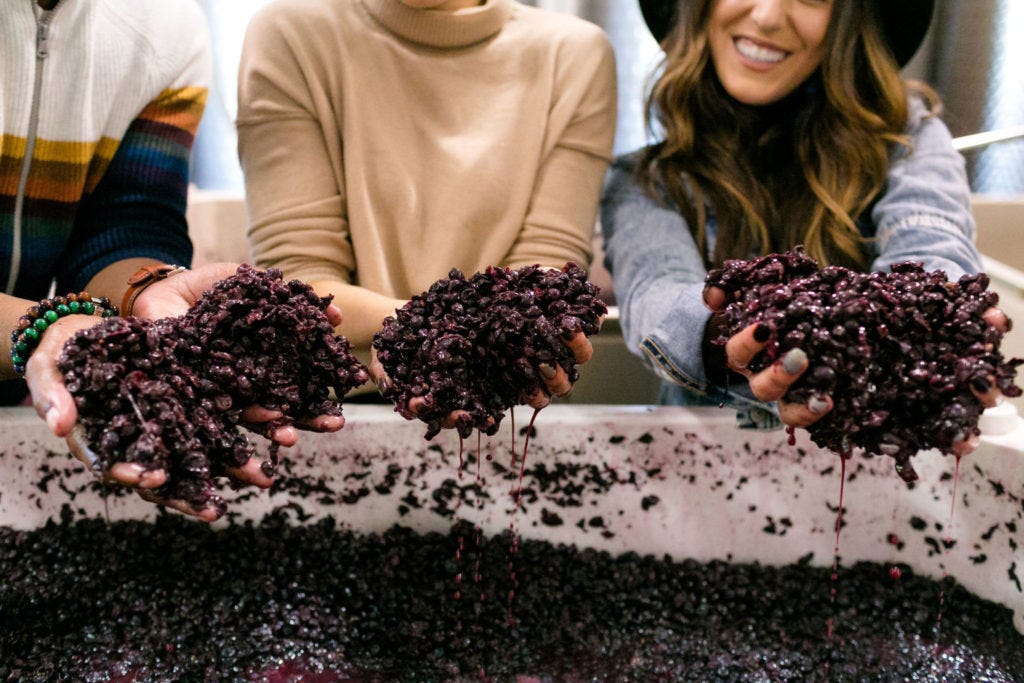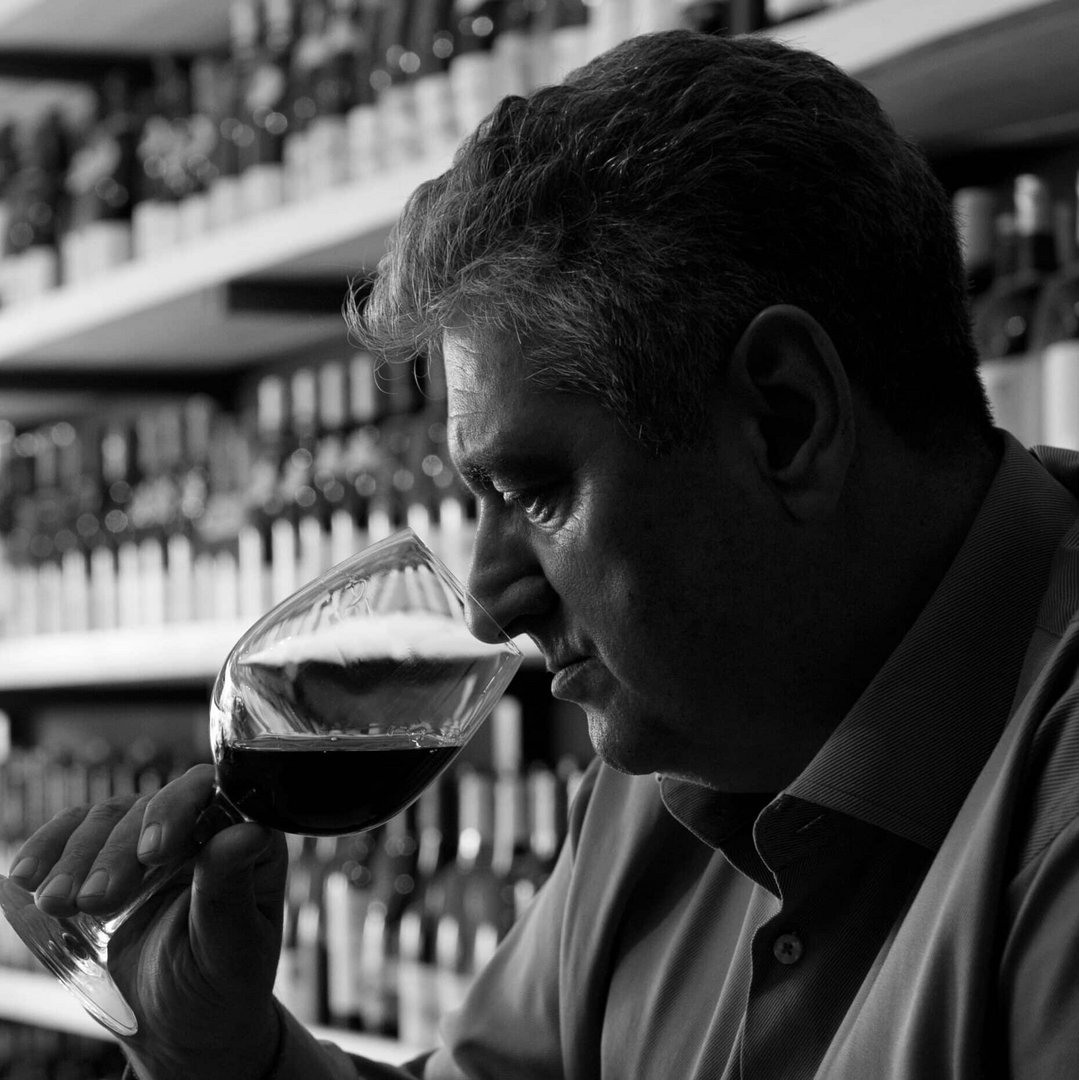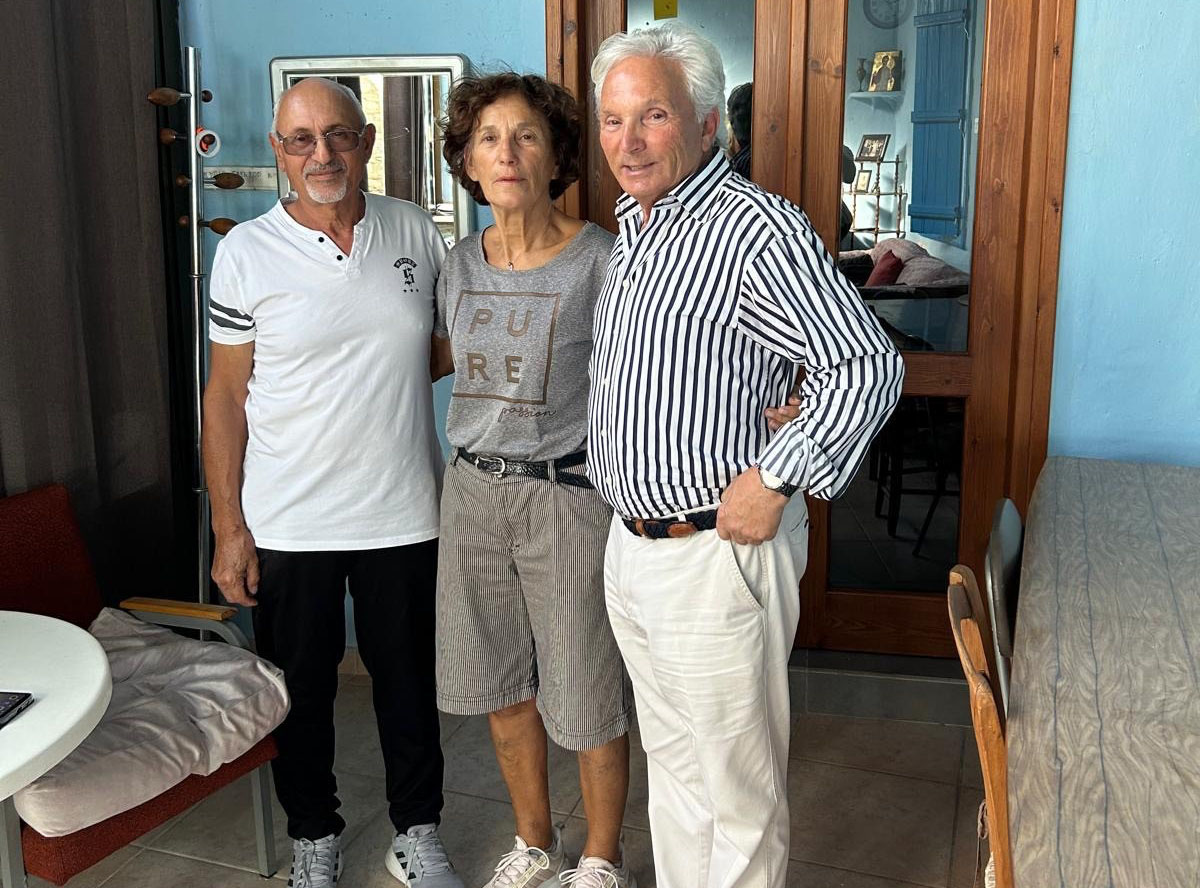Rules for the industry appear set to be broken
This is the time of the year we talk about what it is in, what is out, wine trends and predictions. I would have loved to bring you more fresh and positive news about wine and drinks trends but the future has some alarming trends among the positive. It is a challenging period for the trade especially with climate change threatening.
The New Wine Review’s Jason Wilson makes these five predictions for the year ahead:
White wine will remain more popular than red wine. The decline of red wine will continue, a trend that was reported in 2024. According to International Organisation of Vine and Wine (OIV) data, white and rosé now surpasses red worldwide. White wine now accounts for 43 per cent of global wine consumption, up 10 per cent over the past two decades. Meanwhile, worldwide red wine consumption is down more than 15 per cent since 2007. It will be interesting to see, Wilson said, how this growing preference will affect the wine industry.
Neo-prohibitionism is real. In 2024 I participated in the Sommeliers International Association General Assembly in Monaco. During a wine tasting of some of the region’s known wineries, I noticed wineries producing non-alcoholic or de-alcoholised wines. When I asked why, I was told that is what the modern consumer wants, and it sells. There are several reasons: religion, health issues, moderate consumption and drink responsibly campaigns.
Wilson claims that there are forces “hell-bent on demonising booze and using governments to curb drinking in the same way as tobacco.” And the industry response has been weak. If any, it has also been ineffective, “rather burying of heads in the sand”.
Even in my own connoisseur classes, I need to justify wine’s health benefits which seems to contradict world’s new dietary guidelines. Moderate drinking “as part of a healthy lifestyle remains strong. However, there is a growing number of anti-alcohol groups, which, according to Wilson “would love nothing better than a return to Prohibition”.
Cheap bulk wine will continue to decline. The idea of cheap, bulk wines as house wines in restaurants and as ‘starter wines’ for younger consumers is a myth. In general, this can be the main reason why younger people are not drawn into wine. Worldwide, many wineries are becoming more reliant on branded cheap wine, that drags the image of the whole industry, Wilson said.
In previous years, predictions mentioned studies that show that younger generations are drinking less but spending more. Wilson supports that, as several studies show that millennials already spend more on wine, per bottle, than boomers do. Moreover, younger drinkers want fewer additives, more sustainable practices, ethical production and transparency. For many wineries it will not be easy to follow these practices.
A €35 wine is the new €10 wine. I had to search for Europe’s average as Wilson’s reference was to dollars in the US market ($31.99 vs $12.99). According to Wilson, a wine industry report from the Silicon Valley Bank made it clear: “The wine industry has allowed the lower-priced entry-level wines to be produced without transparency as to ingredients and in a homogenous and uninteresting way, that is unlikely to appeal to those young consumers who want to drink better and drink less today”. We can see that wines over €30 seem. Entry level wine has stagnated to less than €10. Prices of all consumer products have risen, wine has too.
Logistic and raw material costs, less production due to climate change, frost and hail and floodings have all contributed to the price increase experienced in 2024, and this will continue in 2025.
Demystifying, simplifying or ‘making wine fun’ will (finally) be overdone. Wilson’s final point concerns media and consumer attitude and is an excellent topic in future for debate. Many shoot videos as wine influencers, publish books on wine, or talk about wine in professional settings. According to Wilson, all seem to think that people want wine to be simpler and easy to understand. He argues that the impulse to demystify wine “seems more and more like a fool’s errand and one that results in middling, repetitive content”.
I would agree that we should not oversimplify wine. After all, its complexity will always be part of its appeal. “Wine is as vast and surprising as the world itself,” declared Wilson. Re-mystifying wine can be a positive trend for 2025.
To these trends I would like to add a couple more.
Wine lovers want new varietals. Varietal exploration goes hand in hand with authenticity, which seems to be the king. Good news then for our indigenous varieties that seem to be more attractive to local preferences than exports. Modern and adventurous wine drinkers are attracted by Morokanella and Vasilissa, Giannoudi and Maratheftiko from Cyprus, Kydonitsa, Vidiano and Limnionas from Greece, Chenin Blanc, Albariño and Trousseau internationally.
Emerging wine regions. According to Elle Gourmet, wine drinkers are looking for regions like Alentejo in Portugal, Mount Etna in Sicily and wines from exotic regions like Valle de Guadalupe in Mexico. These and others are starting to make waves, gaining recognition for producing quality wines. Cyprus can be part of such a trend as it is an unexplored region.
Half Full Blog on Wine would agree: “in 2025, more consumers will turn to wines with soul and story, choosing bottles crafted by small producers over the mass-market blends of big brands. The ‘Coca-Colas’ of wine will cling to their safe bets, but drinkers will seek out the bold and the unexpected, reshaping what it means to enjoy a great glass of wine.
“The wine industry is transforming, and the changes are long overdue. Big brands will keep up their charade, but the real excitement lies in small producers, emerging varietals, and innovative packaging. Canned wine, unique grapes and hyper-local vineyards are the future, and they’re proving that wine doesn’t have to be boring or pretentious.
“So, here’s to the bold drinkers and daring winemakers who are shaping the future of wine. In 2025, rules are meant to be broken, and every sip should be an adventure.”







Click here to change your cookie preferences